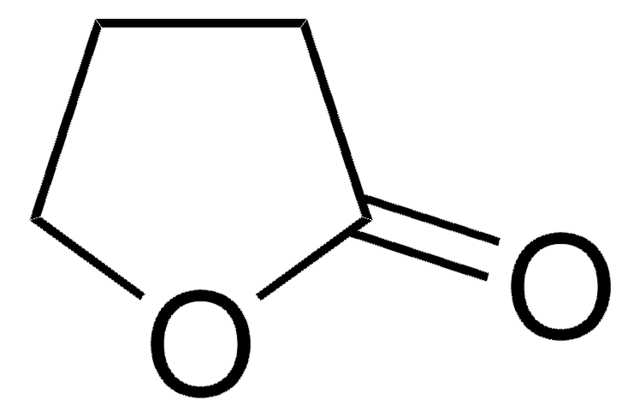Clone 15 HL-60
98052918, human unknown/unspecified, Lymphoblastoid
Iniciar sesiónpara Ver la Fijación de precios por contrato y de la organización
About This Item
Código UNSPSC:
41106514
Productos recomendados
product name
Clone 15 HL-60, 98052918
origen biológico
human unknown/unspecified
modo de crecimiento
Suspension
cariotipo
Not specified
morfología
Lymphoblastoid
productos
Not specified
receptores
IL-5
técnicas
cell culture | mammalian: suitable
enfermedades relevantes
cancer
Condiciones de envío
dry ice
temp. de almacenamiento
−196°C
Origen línea celular
Human caucasian promyelocytic leukaemia
Descripción línea celular
The clone 15 HL-60 has been derived from HL-60 cells (Sigma Catalogue number. 98070106) that had been cultured at an elevated pH of 7.6 - 7.8 for 2 months. Clone 15 HL-60 was picked from soft agar being selected for the ability to differentiate to eosinophils after treatment with butyric acid. Although 80% of the cells will exhibit this differentiation pattern initially, reversion will occur during culture leading to a higher percentage reverting to neutrophilic differentiation. Expression of IL-5 receptors and eosinophil granule proteins has been found (eosinophil major basic protein (MBP), eosinophil peroxidase (EPO), eosinophilotactions protein (ECP) and eosinophil derived neurotoxin (EDN). In addition, chemotaxis to eosinophil specific eosinophilotactius has been described.
Aplicación
Leukemia studies, oncogene expression, differentiation assays
Medio de cultivo
RPMI 1640 + 2mM Glutamine + 10% Foetal Bovine Serum (FBS).
Rutina de subcultivo
Maintain cultures between 3-9 x 100,000 cells per ml; 5% CO2; 37°C. Immediately after resuscitation use medium with 20% foetal bovine serum (FBS) to aid establishment of growing culture. Reduce FBS concentration to 10% once cells are well established in
Otras notas
Additional freight & handling charges may be applicable for Asia-Pacific shipments. Please check with your local Customer Service representative for more information.
Certificados de análisis (COA)
Busque Certificados de análisis (COA) introduciendo el número de lote del producto. Los números de lote se encuentran en la etiqueta del producto después de las palabras «Lot» o «Batch»
¿Ya tiene este producto?
Encuentre la documentación para los productos que ha comprado recientemente en la Biblioteca de documentos.
Nuestro equipo de científicos tiene experiencia en todas las áreas de investigación: Ciencias de la vida, Ciencia de los materiales, Síntesis química, Cromatografía, Analítica y muchas otras.
Póngase en contacto con el Servicio técnico